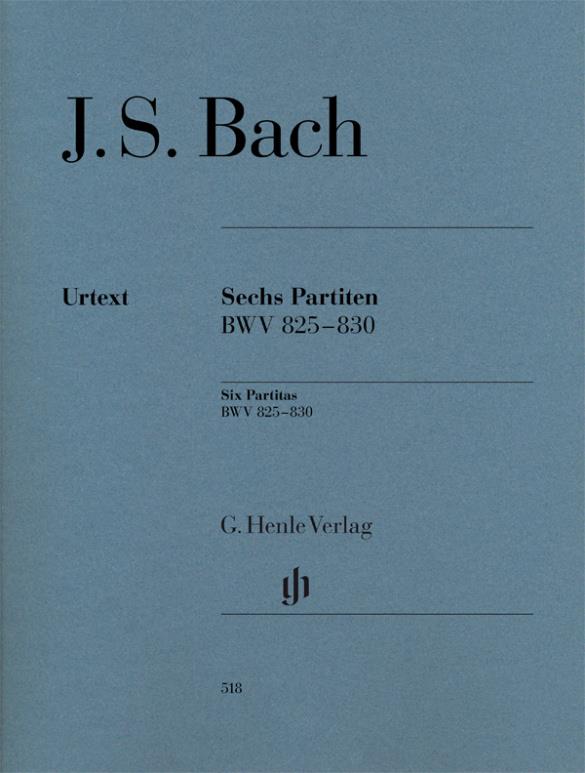Violin Concerto D Op.61 Cadenzas : Cadenzas for the Violin Concerto D major op. 61
Encouraged by Muzio Clementi, the head of a distinguished publishing house in London, Beethoven transformed his Violin Concerto into a Piano Concerto, but retained the cadenzas to the first and third movements for this version. As to the original Violin Concerto, there are no extant cadenzas in Beethoven’s hand. This is why the great violinist Wolfgang Schneiderhan transcribed the cadenzas of the piano version for his own instrument, the violin, thus leaving us, in a way, with an original cadenza for the original version.



























